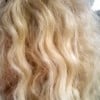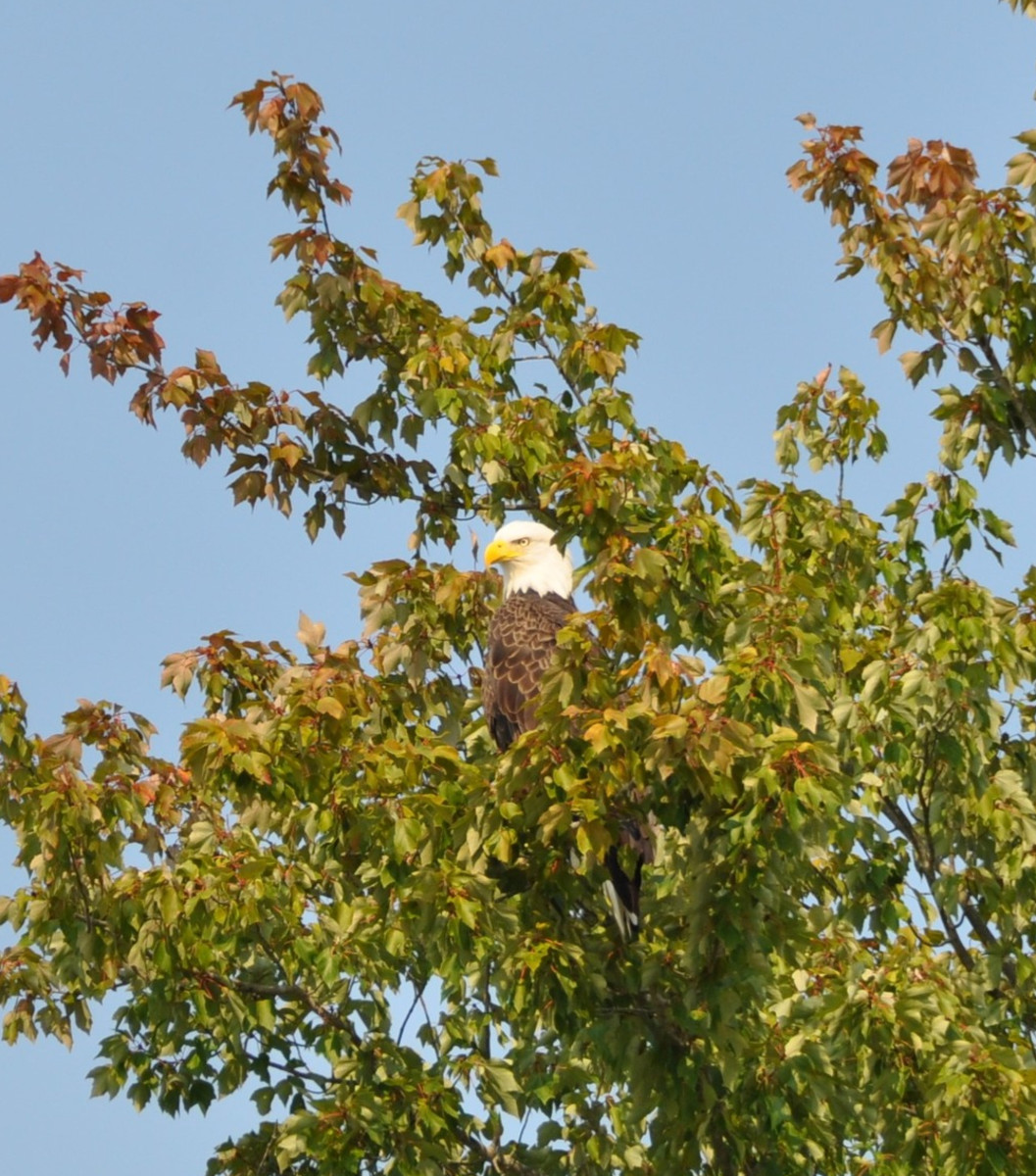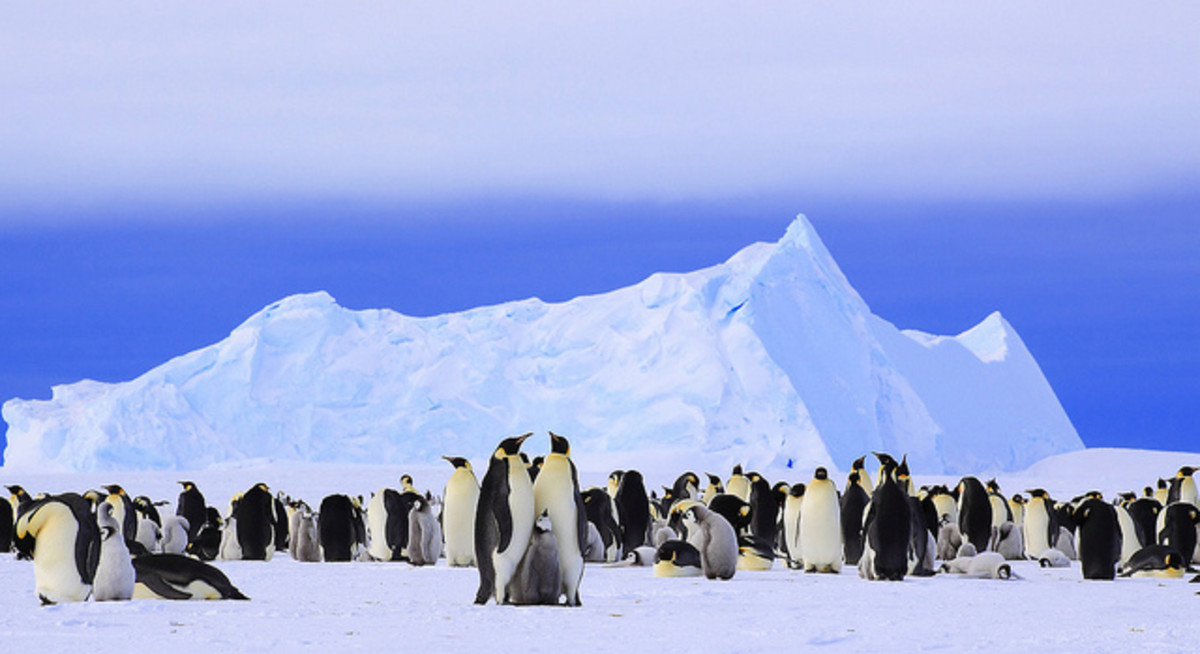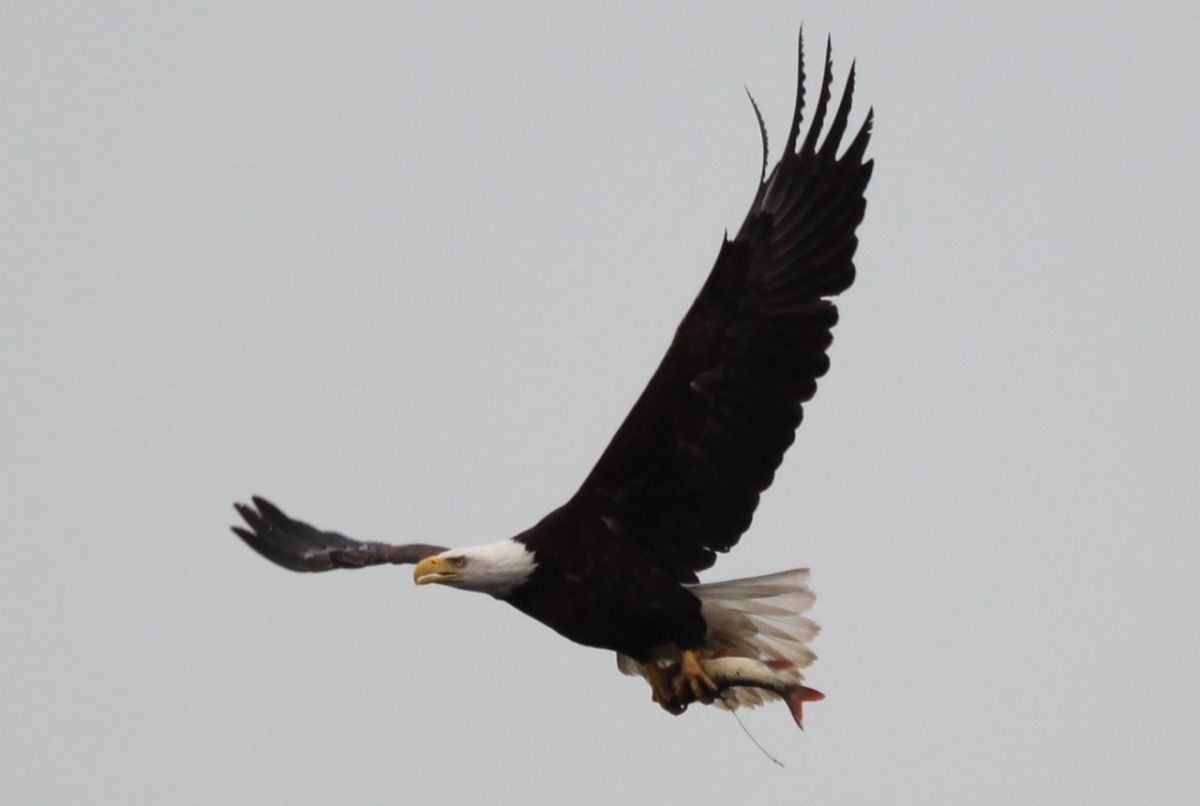Cockatoos - All about Sulphur Crested Cockatoos
All About Sulphur Crested Cockatoos
Cocky, White Cockatoo, Great Sulphur Crested Cockatoo.
Sulphur Crested Cockatoos are an Australian native bird which can readily be seen throughout Australia, sometimes in huge flocks of hundreds, much to the chagrin of grain and wheat farmers. Sulphur Crested Cockatoos live in dry forests, mangroves, bushlands, rain forests and the ‘outback’ of Australia. The Sulphur Crested Cockatoo also inhabits the South Pacific, The Philippines, New Guinea, Indonesia and New Zealand.
The Sulphur Crested Cockatoo is a member of the Psittacidoae parrot family. As its’ name suggests, the Sulphur Crested Cockatoo is a pure white bird with a prominent, vibrant yellow crest which it is able to move in response to its emotions. It also has yellow feathers on the under-side of the wings and around the eyes.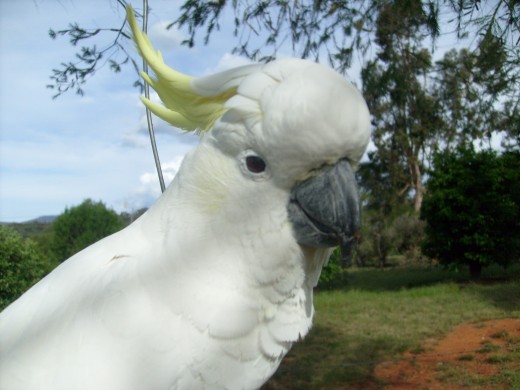
The Cockatoo can be considered a rather large bird with a body length from between 45 to 50 cms (17 to 20 inches). The adult male generally weighs from 815 to 920 grams (1.7 to 2 pounds) and the adult female bird from 845 to 975 grams (1 to 2 pounds).
The Cockatoo has a very powerful beak which is large, curved and pointed downwards, and is strong enough to crack open nuts and kernels. Its’ beak is dark grey to black, sometimes with white lines or flecks.
The sex of a Cockatoo is difficult to distinguish, particularly when they are young as they are virtually identical other than the colours of their eyes. The adult female has a slightly lighter reddish-brown iris, and the male adult has an all-black or very dark brown iris.
The Sulphur Crested Cockatoo has an extremely long life-span with some living for 80 years or more. Most live between 40 to 70 years so a long-term commitment is necessary if considering one as a pet.
In the wild the Sulphur Crested Cockatoo inhabit the same place all year round. They live in heavily-treed areas, sometimes very close to human settlements. They are known to be destructive though, damaging and destroying wood on verandahs, fences and whatever else they take a fancy to. Their powerful beaks are quick to deface and destroy at will. (Many people have made the mistake of luring in and feeding wild Cockies on their balconies, verandahs and outdoor areas, only to find in time that if the growing population of Cockatoos are not fed regularly or on demand they’ll protest loudly whilst destroying any/all wooden structures, including the house if made of wood - a mistake I made many years ago!)
Cockatoos have become much loved pets – although anyone who has ever owned one of these majestic and quirky birds will know that Cockatoos are much more than just pets. They are intelligent companions who are inquisitive and affectionate, and have quite distinct, unique personalities. Cockatoos are an endless source of entertainment and amusement for their owners, their family and visitors. Having a Cockatoo in the family can be a very rewarding experience as Cockies enjoy spending time with their humans.
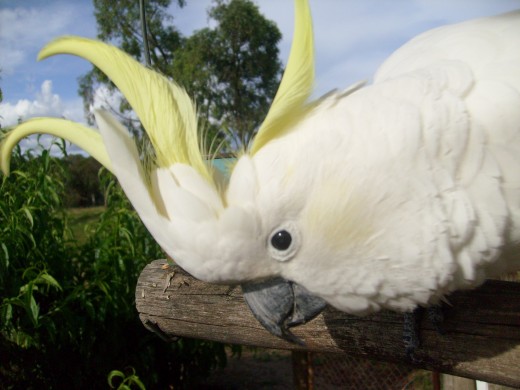
Cockatoos are affectionate, friendly, funny and endearing. They love a scratch and generally all pet cockatoos appreciate a cuddle and enjoy being held. The Sulphur Crested Cockatoo needs lots of attention and crave time with their owner (although most often they seem to assume that they are the owner). They form exceptionally strong bonds with their owners and express genuine love, joy and devotion to them. Cockatoos can be extremely affectionate towards those they like - but if they have an aversion to someone – Look Out! Cockatoos are not necessarily a ‘one person’ pet, although some can show a preference for some people over others. And this can change on a whim.
Sulphur Crested Cockatoos are easy to train and most prove to be enthusiastic students who pick up new tricks quickly and thoroughly. Time training, patience, unconditional love and practice are required.
Many Cockatoos are able to mimic fluently and are easy to teach to ‘talk’, whether it be single words or whole phrases. They are also able to mimic human whistling, other birds, inanimate sounds such as a door chime or closing door, music and even other animals such as dogs and cats (depending upon recurrent sounds the bird is surrounded by). Many are quick to learn to bob up and down and ‘dance’, flapping their wings and ‘singing’ along to music.
Cockatoos can be a great source of delight when happy, healthy and well behaved. But if a Cockatoo is neglected or raised without the required attention and training it can prove to be a bit of a disaster for all involved. They can be destructive, noisy, disruptive and aggressive. Cockatoos can be gregarious and noisy creatures who demand your attention (and that of the neighbourhood) with their high pitched screeching, particularly when distressed.
Cockatoos enjoy their freedom and prefer to spend the majority of their time out of their cage or enclosure. The Cockatoo, being an extremely intelligent bird, needs interaction, stimulation and entertainment and like to keep themselves active, otherwise they will become bored easily and may resort to feather-plucking or picking.
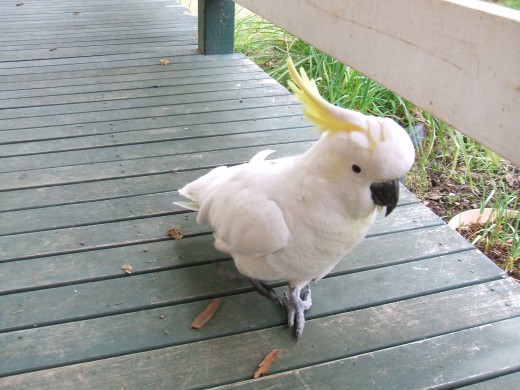
Feeding and Housing a pet Cockatoo
FOOD FOR COCKATOOS
An ideal diet for your pet Sulphur Crested Cockatoo includes a mix of:
*seeds *vegetables *roots *natural grasses *fresh fruits *hard-boiled eggs *grated cheese *green peas *broccoli *cauliflower *red and green capsicums *spinach *celery *zucchini *tomatoes *cucumbers *cooked white potatoes *small amounts of corn *berries *nuts *cooked legumes *yellow vegetables *fresh pellets
Foods to Avoid
*Iceberg lettuce *cabbage *caffeine *avocado *parsley *sunflower seeds
Supplements
Supplements can be added to the bird’s feed and/or water, particularly if the Cockatoo’s diet consists predominantly of seed only.
Provide your pet Cocky with a cuttlebone/cuttlefish or mineral block as this will keep the beak trimmed to prevent beak over-growth and at the same time provides much needed calcium.
Keep fresh water plentiful.
Housing
Cockatoos feel most comfortable in a well-cleaned and maintained enclosure. This entails the cleaning of water and feed bowls and containers, the wiping down of perches and toys, and litter trays or floor coverings removed and changed.
Cockatoos are very active and need a cage or aviary large enough to easily move around and spread their wings. It should be large enough to hold perches, toys, feed and water dishes, and possibly even a bird bath.
The cage or aviary should be placed in a bright area as Cockatoos need light and fresh air - but keep them protected from direct sunlight where they are unable to find adequate shade. Keep them away from cold draughts and high winds.
Perches
Perches are an important and essential part of the Cockatoo’s cage and there should be at least two suitably sized perches enabling the Cocky to easily move around at will.
Sulphur Crested Cockatoos require perches at different levels, preferably placed below eye level. Ensure that the perches are made of different materials and widths as this will help exercise the bird’s feet and keep the talon-like nails trimmed.
Make sure that perches are placed such that droppings and the bird’s feathers and tail do NOT fall into or come into contact with their drinking water and bathwater containers.
Toys
As Cockatoos need to entertain and amuse their inquisitive and intelligent minds, ensure that you provide your Cocky with an assortment of strong, robust toys. Fill its’ cage or aviary with toys and puzzles that it can dismantle. Colours are also important as they keep the bird engaged and interested.
Cockatoos tend to chew so ensure that you have plenty of wooden toys or even plain pieced of wood inside the enclosure.
Bathing
Allowing a Cockatoo to bathe is essential. Birds in the wild are in their natural surrounds and live with weather conditions such as rain which facilitates natural bathing of the feathers.
Birds kept indoors are exposed to artificial conditions and the atmosphere is generally drier compared to outside in the wild. Regular bathing is a must to ensure that feathers are kept clean and the Cockatoo’s body free from ‘dander’. (Dander is a white, powdery substance on the Cocky’s skin.)
Some Cockatoos are partial to a shower where they are able to spread their wings and crest under the running water. Other prefer a bath where they are able to dunk themselves at leisure.
Recommended ...
Breeding Sulphur Crested Cockatoos
Sulphur Crested Cockatoos generally reach sexual maturity between the ages of 4 to 6.
The courtship display of the male Cockatoo towards the female consists of him strutting around the nest as it is being built and prepared by them both. The male struts towards his female partner with his bright yellow crest erect and straight and his tail feathers fanned out. He bobs his head up and down in front of the female, and emits low, soft noises.
This behaviour takes place whilst the pair are initially bonding and right through until the eggs are laid in the prepared nest.
In the wild, the nest of the Sulphur Crested Cockatoo is generally located in the hollows of trees at least 10 metres (33 feet) above ground. They ensure that their nests are situated near a fresh water supply, and that the entrance to the nest is well protected from the elements.
One to three white, elliptical-oval eggs are laid and are incubated by both parents. Incubation lasts for up to 30 days, and once hatched the parents both look after the chicks until fledging takes place, usually when the chicks are 60 to 70 days old.
Cockatoos and their young form strong family bonds and remain close even after fledging.
Breeding in Captivity
In order to allow caged Sulphur Crested Cockatoos to breed, ensure that they have access to suitable nesting material such as a mixture of wood shavings, peat moss, dirt or dry natural grasses.
Suspend a hollow eucalyptus log at least 1 metre (3.2 feet) long with an internal diameter of at least 80 to 40 cm (14 to 16 inches).
Physical Signs of Illness
The natural instincts of birds is to act more healthy than what it is in order to avoid the attention of predators to itself and to its’ fellow flock members. It also tries to mask its’ illness from the rest of the flock to avoid their displeasure and disapproval.
Because of this natural instinct and inborn behaviour, even a lone, caged pet bird can become gravely ill before it is realized that something is very wrong with it.
The most common indications of an illness in a bird are:
*Fluffed up or unusually haphazard plumage
*The absence of vocalization and preening
*Watery droppings and/or a distinct change in the colour of droppings. The colour of the droppings of a healthy bird is dark green mixed with white matter.
*General dullness in behaviour and a lack of activity and energy. Birds will stay as still as possible when sick in order to conserve their energy
*A sudden change in physical appearance.
*Resting on the ground or floor of the cage rather than up on its’ perch can be an indication of a bout of avian illness
*Laboured breathing
*Discharge from the eyes, mouth and/or nose
*A loss of appetite and/or excessive and/or sudden weight loss.
*A crooked beak and/or crooked toes and toenails are indications that the bird has been ill for quite some time and needs urgent attention from a specialist avian vet.
Of course, if any symptoms of illness are present and are causing concern, take the bird to an avian vet for diagnosis and treatment.
First Aid For Cockatoos
Hydrogen Peroxide is a great antiseptic to keep on hand. It can be used to effectively and safely treat all types of cuts and scratches and on bleeding wounds. Other excellent antiseptics to use are Betadyne and Iodine.
Avoid antiseptic creams! Not only do they clog and cake the feathers causing the bird to loos body head, creams may also cause harm if ingested by the bird.
*
Sulphur Crested Cockatoos make brilliant pets and offer endless entertainment, genuine companionship and devoted loyalty for many years. The time, patience and love expended on them is well rewarded.
Do NOT consider keeping a Cockatoo as a pet if you are away from home for great lengths of time or do not have the patience or lifestyle to accommodate the daily emotional, social and nutritional needs of the bird. Before obtaining a Cockatoo you must consider all aspects required for such a long-term commitment.
* Interesting Tid-bits
Captain Cook brought a Sulphur Crested Cockatoo from Australia back to England with him in 1790.
‘Fred’ the Cockatoo starred in the 1970’s TV show ‘Berretta’.
Galahs - Red-breasted Cockatoo
- GALAHS - Red-Breasted Cockatoos
Galahs are gorgeous, gregarious birds native to Australia and the South Pacific Islands. Galahs are found across the entire continent of Australia, other than in arid regions. Galahs live in large flocks in...
